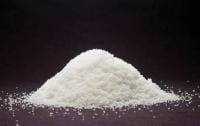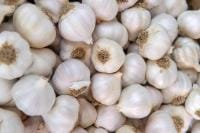Agricultural Grade Prills
Urea is a white crystalline substance with the chemical formula CO(NH2)2; it is highly water soluble and contains 46% nitrogen. Urea is widely used in fertilizers as a convenient source of nitrogen and supplies more nitrogen per ton of product than any other dry fertilizer. Also commonly used in the winter as a deicer / ice melting product for treating roads, paths, parking areas, driveways etc.
- Formula: CH4N2O or (NH2)2CO
- CAS No: 57-13-6
- Other Names: Carbamide; carbonyl diamide; carbonyldiamine; diaminomethanal; diaminomethanone
- Appearance: White solid
- Formula: CH4N2O or (NH2)2CO
- Density: 1.32 g/cm3
- Molar Mass: 60.06 g mol/1
- Melting point: 132.7 – 135 oC
- Solubility: soluble in water 1079 g/L @20C
- pH: 8.0-9.5 (10% solution)
GENERAL USES OF UREA / CARBAMIDE
- As a fertiliser in agriculture.
- As a foliar spray for plants ( normally 0.5%-2% active).
- Ice melting compound.
Urea has over twice as much nitrogen as does ammonium sulphate; 46% versus 21%. That means there is more than twice as much nitrogen per ton of fertilizer. In addition, urea is less acid forming, is more water soluble and less corrosive. Ammonium sulphate does supply sulphur, but it is usually less expensive to apply urea and elemental sulphur.
For lawns / grasslands urea should be applied at a rate of 2lbs per 1000sq ft (approx 1kg per 100sq m).
Apply when grass is dry and water in well after application. This will help to prevent any burning of grass. It is also recommended to water are each day after application for 2 or 3 days.
Health & Safety
This product is not classified according to the EU regulations.

























Reviews
There are no reviews yet.